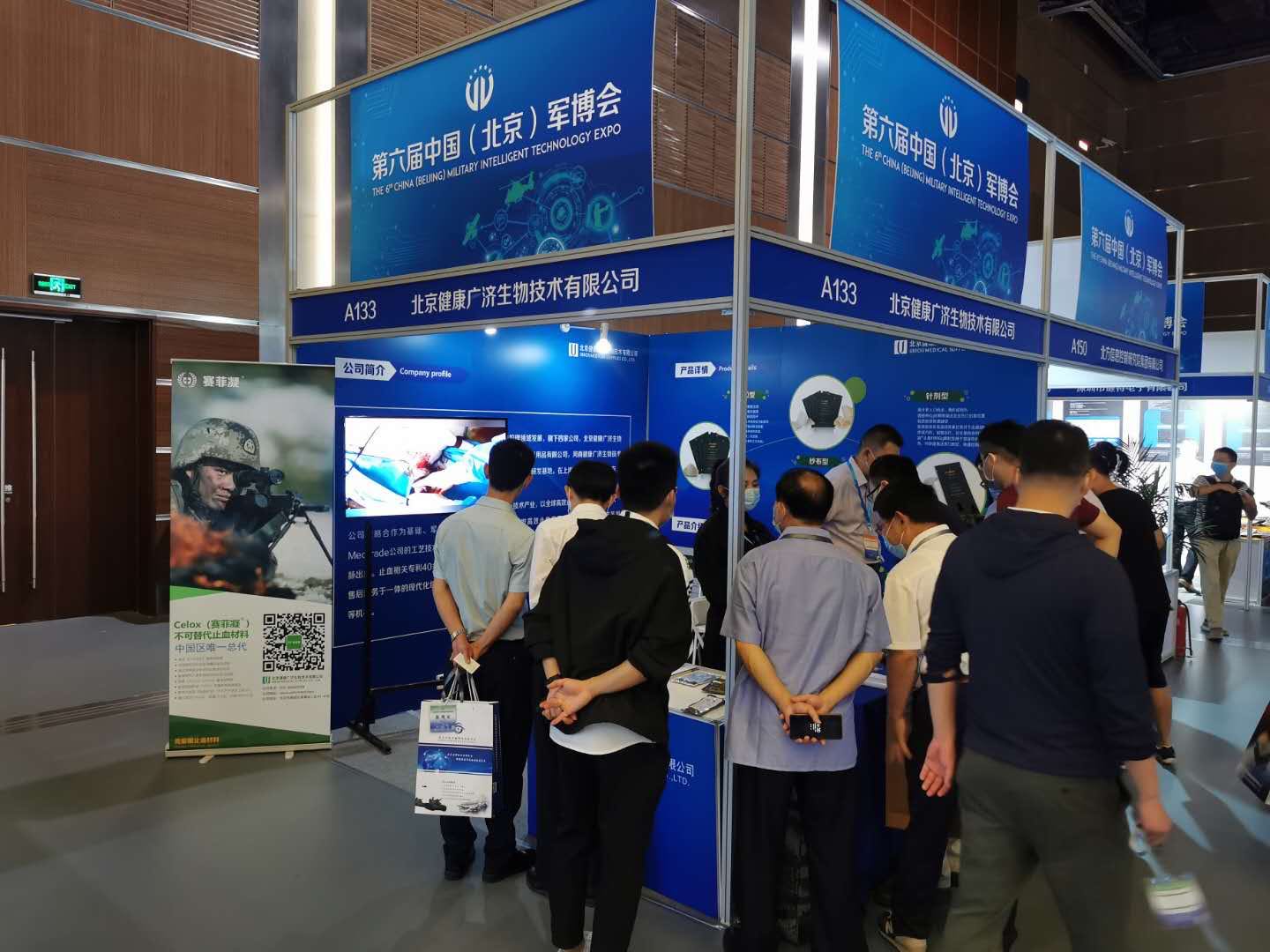A Chinese-American doctor's visit to Mayo Clinic: 27 photos showcasing the entire hospital
Mayo Clinic was ranked the number one hospital in the United States in General Strength by U.S. News & World Report in 2016-2017. The top three hospitals in General Strength were: Mayo Clinic, Cleveland Clinic, and Massachusetts General Hospital.
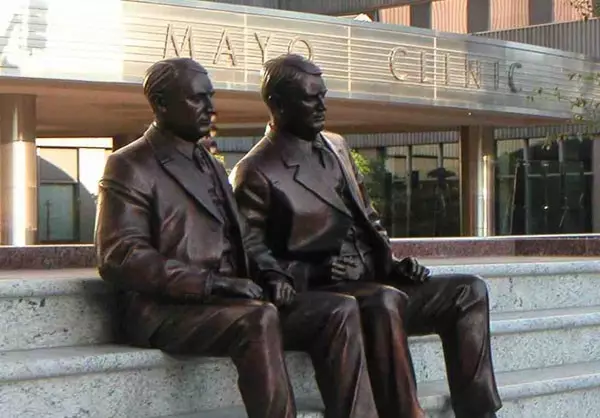
Mayo Clinic ranks number one in the United States in multiple disciplines and has the most No. 1 specialties among all hospitals nationwide. Its top-ranked specialties include diabetes and endocrinology, gastroenterology, geriatrics, gynecology, nephrology, neurology and neurosurgery, pulmonology, and urology. Cardiovascular surgery, otolaryngology, and orthopedics are ranked second, while oncology is ranked third.
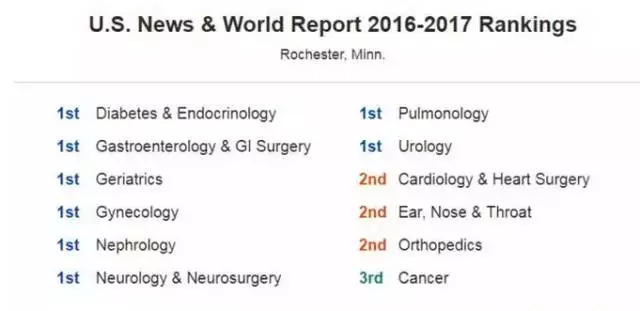
The Mayo Clinic system is mainly composed of three large medical centers and numerous clinics surrounding them. Clinics primarily handle primary care services, and most problems can be resolved at the clinic level. If further examination or treatment is needed, patients are referred to one of Mayo's three medical centers. Therefore, Mayo's surgeons only see patients in their outpatient clinics who require surgery. Patients visit the clinics to discuss surgical plans, risks, and schedule surgeries. After the surgery, patients return to their local clinics for follow-up care or visits; essentially, it is a two-way referral within their own system. Their surgeons do not participate in routine post-operative follow-up care.
I visited their colorectal surgery department, and upon arrival, a dedicated person was responsible for scheduling appointments for visiting physicians. From the emails they copied to me, I could see their communication process: the next day's schedule, time, meeting location, and who would escort them where were all confirmed. These small details show their meticulous management and explain why they insist on applying three months in advance.
The history of colorectal surgery training in the United States is very long. Surgeons complete general surgery training before applying for specialized training. These specialized training physicians are called Fellows. The application for fellowships is very competitive, especially for renowned hospitals like Mayo Clinic. I talked to two Chinese Fellows. They said that besides educational background, the most important thing during the fellowship interview is your hands-on ability; they'll give you a surgery to perform and see how well you do.
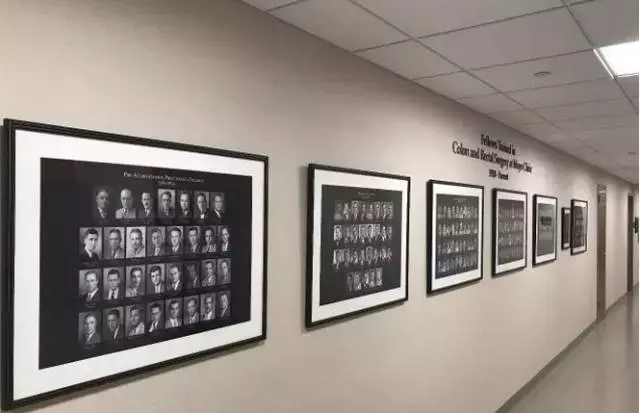
Those who participate in fellowship training are the elite among doctors, so they are very proud; their walls are filled with photos of fellows from 1930 to the present.
The threshold for becoming a specialist in the United States is very high, and the education and training time is very long. It takes more than a decade to cultivate a mature surgeon, requiring a significant investment of energy and time; therefore, there is a constant shortage of doctors in the United States. So they have come up with many ways to solve this problem, one of which is to recruit from overseas. By passing their medical license exams and completing clinical training, doctors can practice independently in the United States. However, this exam is extremely difficult, even more so for doctors from non-English-speaking countries. Doctors from India and the Philippines have the highest success rate in passing the US medical licensing exams because they have a language advantage.

A map was photographed on the office wall, each small flag representing a Fellow who has trained in Mayo Clinic's colorectal surgery department.
I met a medical graduate from the UK at Mayo Clinic who was participating in their physician training program. I asked him: "Doctors in the UK are well-paid, highly respected, and have a well-developed healthcare system. Why come to the US to be a doctor?" He said, "In the UK, we have a government-led healthcare system that is inefficient and slow to adopt new technologies. The US has already adopted electronic medical records and robotic surgery, while we are still using handwritten records and have few robots."
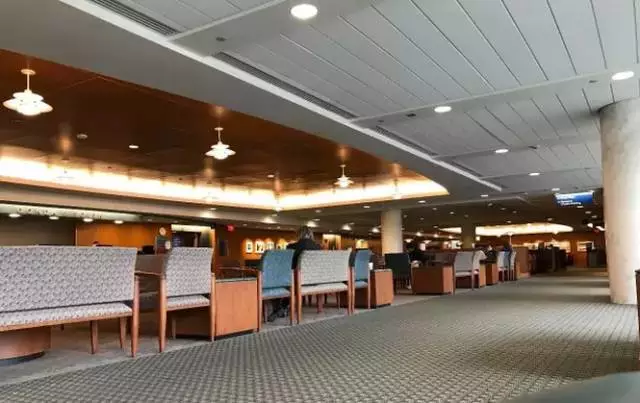
Colorectal Surgery Outpatient Clinic Waiting Room
Mayo Clinic's colorectal surgery outpatient clinics, endoscopy rooms, and doctors' offices are all on the same floor. Patients are seen by appointment only. If a sigmoidoscopy is required, it can be performed immediately after bowel preparation. During the sigmoidoscopy, there is a dedicated screen facing the patient; the doctor will directly point out the tumor to the patient. There is no apparent confidentiality regarding patient conditions in the outpatient clinic; whether early-stage or late-stage, the condition is truthfully told to the patient, a significant difference from our practice.
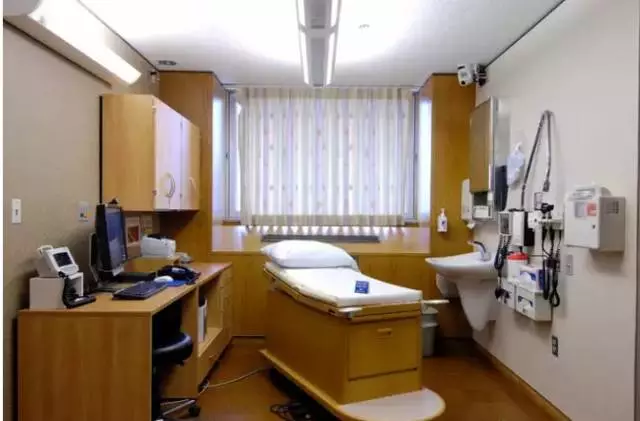

Mayo Clinic's examination rooms have maintained the same layout for a century, reflecting a sense of tradition.
Mayo Clinic's Patient Education Manual is another excellent program, with dedicated staff responsible for it. The manual covers all diseases, including basic introductions to the diseases, surgical methods, pre-operative preparations, possible post-operative reactions, post-operative diet, activity guidance, etc. All the patient's concerns are in this booklet, giving them a preliminary understanding of their entire treatment process. They are readily available in the outpatient clinics and wards.

Doctors must ensure at least half an hour for each patient during outpatient consultations, often continuing until the patient has no more questions. After the consultation, the nurse schedules tests and writes medical records. Therefore, each outpatient consultation typically takes about an hour. Mayo Clinic was a pioneer in advocating multidisciplinary collaborative treatment. Therefore, if a patient's condition involves issues related to other departments, the outpatient physician will immediately contact other physicians for consultation.
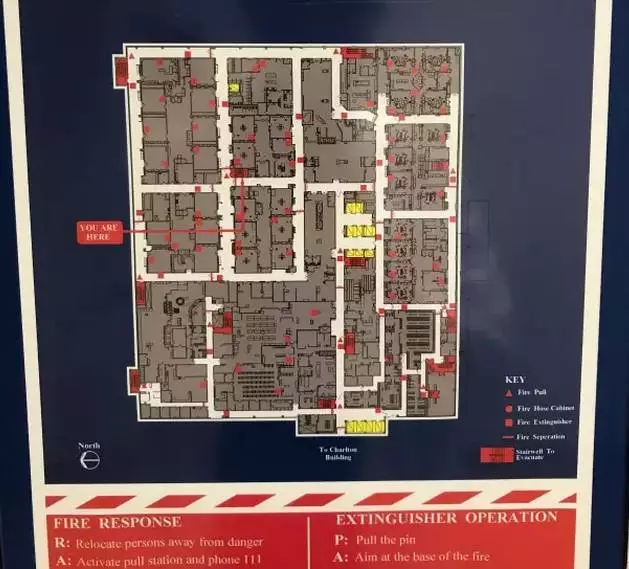
Operating Room Map
Mayo Clinic sees many patients, and naturally has many operating rooms; the Rochester campus alone has 84 operating rooms, with an average of 60-80 surgeries per day. Amy said that when she first started working there, she would often get lost in the operating rooms.

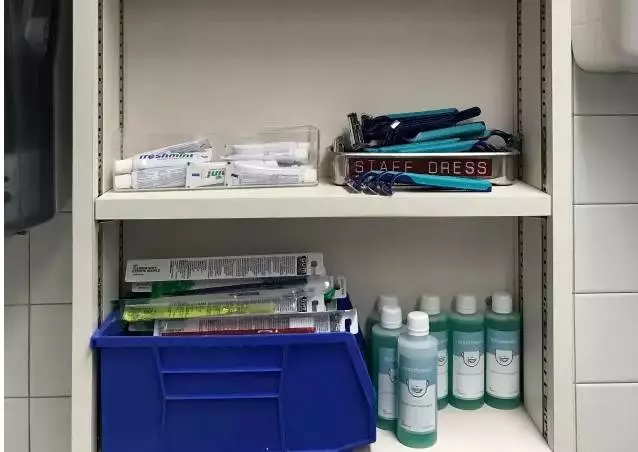
Doctors' Locker Room
The locker room provides doctors with toiletries, including bath towels, disposable toothbrushes and toothpaste, razors, mouthwash, and hair gel. After a day of surgery, they can take a hot shower to relieve fatigue before freshening up and heading out.
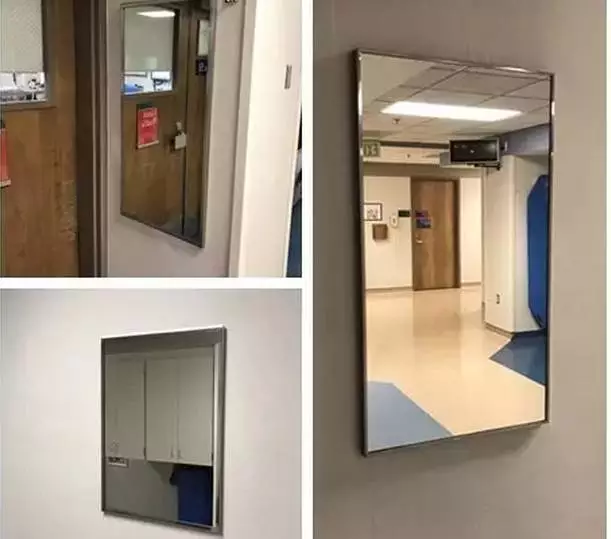
Another notable feature of Mayo Clinic's operating rooms is the abundance of mirrors. It's a bit perplexing, as surgeons wouldn't have time to look in the mirrors during surgery. So, why so many mirrors? ... Is it to ensure masks and hats are properly worn?
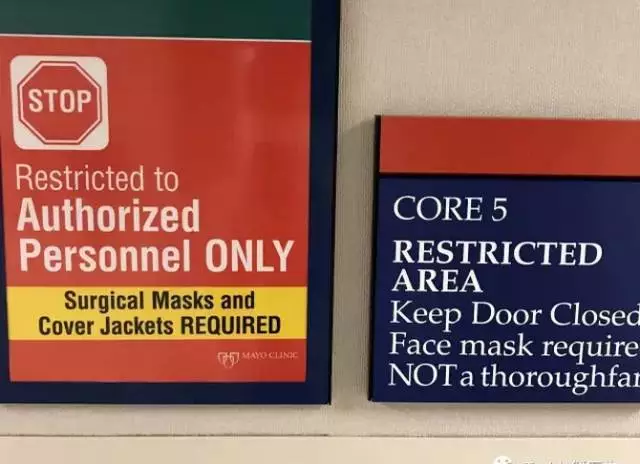
Another distinctive feature of the operating rooms is the ubiquitous signage system.
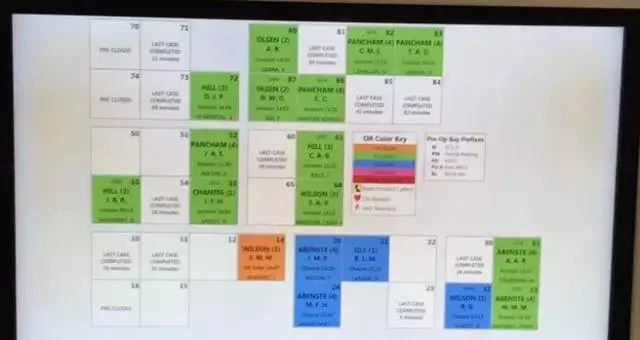
Large screens are visible throughout the operating rooms, displaying the status of each operating room, including the surgery name, chief surgeon, and surgical progress (e.g., incision started, in progress, abdomen closed, patient being prepared for transfer, resuscitation). Each operating room's circulating nurse is responsible for updating the status.
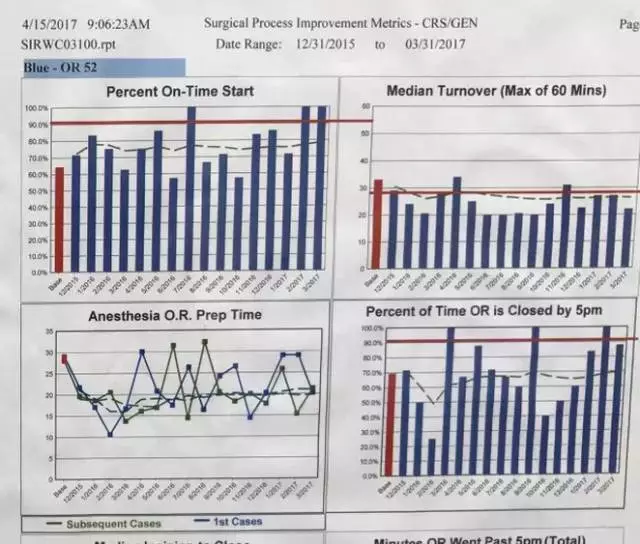
Surgical Process Improvement Assessment Form on the operating room door
This form tracks statistics from December 31, 2015, to March 31, 2017, including the percentage of surgeries starting on time, anesthesia preparation time, median time from incision to closure, surgical handover time, the percentage of operating rooms closing at 5 pm, and the average number of minutes that surgeries exceed 5 pm. If a problem is identified in any stage, improvements are made promptly to improve efficiency.
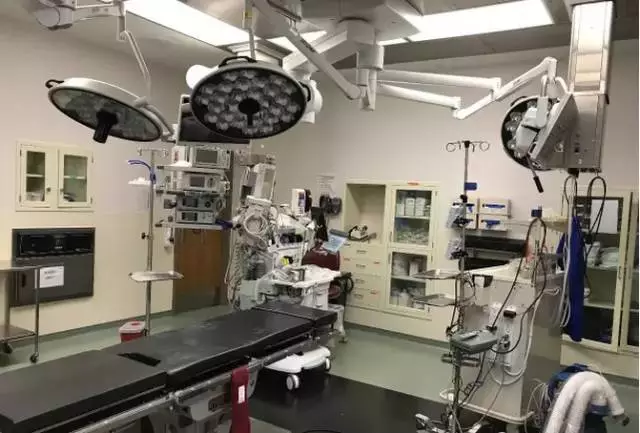
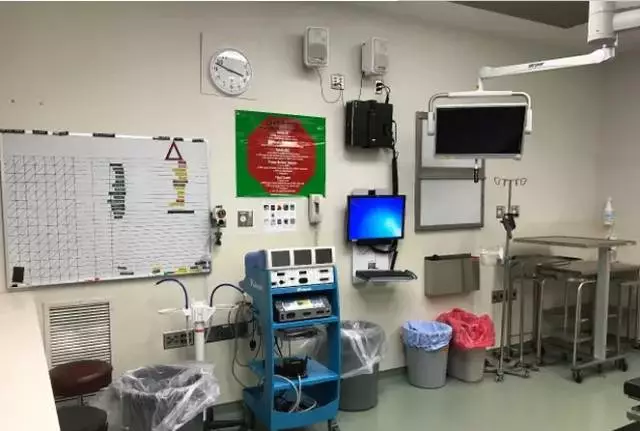
The operating rooms are exceptionally well-equipped, with various instruments neatly organized.
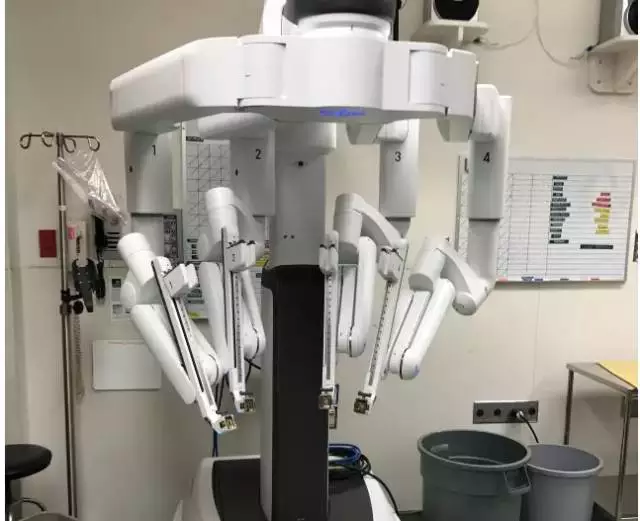
Mayo Clinic is not short of money, so there are 5 robots in the operating room alone. The use of robots can also alleviate the shortage of doctors to some extent. One doctor and one robot can perform a major operation that previously required three people. Usually, during surgery, senior doctors train fellows to operate. Their director told me that they are preparing to change the specialized training to two years, because there is more and more to learn now, in addition to traditional open surgery, they also need to learn laparoscopy and robotics, one year is not enough.
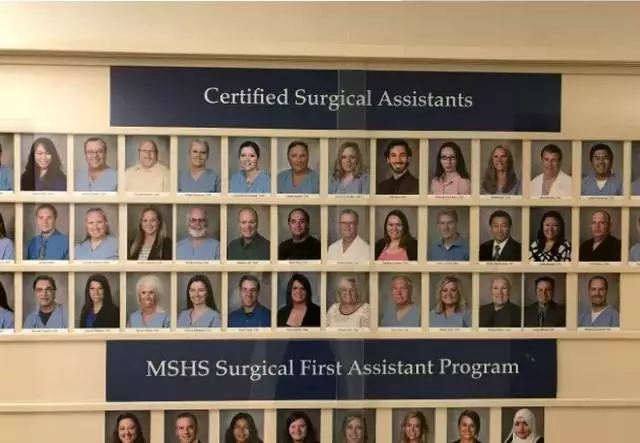
Top three rows: Certified Surgical Assistants, next row: First Surgical Assistants
As mentioned earlier, the training of surgeons in the United States is time-consuming and laborious, it takes more than ten years to cultivate a mature surgeon, which cannot meet the clinical needs. At the same time, doctors are very expensive, and hospitals cannot afford to hire so many doctors, so they divide the doctors' work. Doctors only do the work involving core medical decisions, such as formulating treatment plans, surgery, judging the course of the disease, and explaining the prognosis, etc., while some peripheral work is transformed into purely technical jobs, such as making appointments for patients, writing prescriptions, scheduling examinations, and writing medical records. In this way, doctors can save a lot of time and manage more patients at the same time; from the hospital's point of view, fewer doctors are employed, saving costs, which is a win-win situation.
Mayo Clinic divides the work of doctors more finely, and they have specially trained these surgical assistants (Certified Surgical Assistants). Surgical assistants are not doctors; they are recruited from undergraduate graduates, do not need a medical background, and then Enter a surgical assistant school, learn surgery-related knowledge for one year, and after passing the examination, they can be licensed to work. Each surgeon is equipped with one or two dedicated assistants. After these assistants are trained, they will help with pre-operative skin disinfection, instrument preparation, etc. During the operation, they will help expose the surgical field, retract, and help close the abdomen after the operation. The "first assistant" below is estimated to have a longer learning cycle, higher requirements, and more hands-on authority. This greatly alleviates the shortage of surgeons in surgery, because the requirements for surgical assistants are not high, and short-term training can be put into work, unlike surgeons who need ten years of training, and the hospital also saves costs.
This is also a feature of Mayo Clinic and even the US medical system.
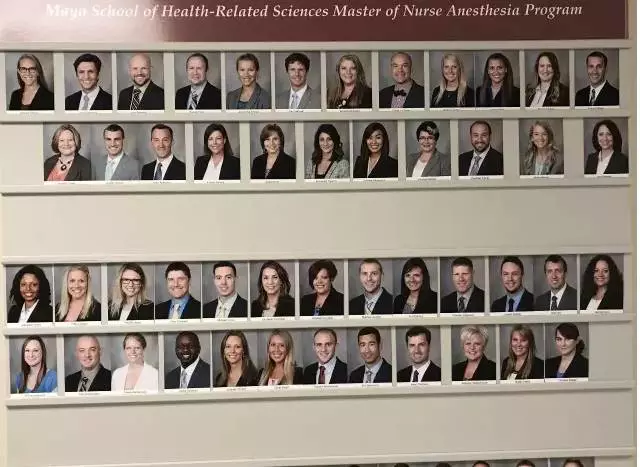
MSHS Master of Science in Anesthesia Nursing
Anesthesia nurses: Anesthesia nurses have a considerable and glorious history in the United States. They belong to the highest level of nurses, Nurse Practitioner. To become an anesthesia nurse, you must first study a four-year undergraduate nursing course to obtain a bachelor's degree in nursing, then rotate in clinical departments for two years, and then apply to an anesthesia nursing school for three years, graduating with a master's degree, which means it takes nine years to train an anesthesia nurse. Anesthesia nurses undertake most of the anesthesia work, including anesthesia preparation, endotracheal intubation, vascular puncture, intraoperative monitoring, and processing. If patients experience some common problems during surgery, they can handle them independently without needing to find an anesthesiologist.
In the earliest history of Mayo Clinic, there were no anesthesiologists, and surgeons performed surgery and anesthesia themselves. Later, in order to concentrate on surgery, surgeons trained nurses to help with anesthesia and patient care, but only later, when anesthesia requirements became higher and higher, did anesthesiologists appear.
I asked them under what circumstances they need to call an anesthesiologist? They said that they only need to call an anesthesiologist when the patient has some unexplained abnormalities or needs emergency rescue. Anesthesiologists are responsible for talking to patients, explaining the risks of anesthesia, and supervising during surgery. In American endoscopy centers, anesthesia nurses usually undertake anesthesia and monitoring work, and only one anesthesiologist is assigned to be on call.
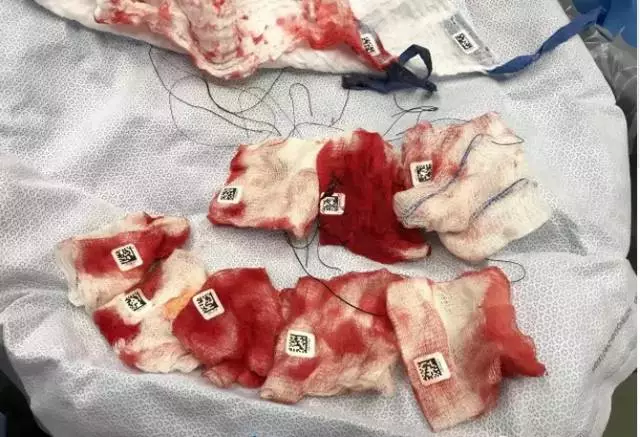
I also observed another interesting phenomenon. All the gauze they used during surgery had a QR code. What is the reason for this? After asking them, I learned that it is for easy counting. In order to prevent gauze from being forgotten in the patient's abdominal cavity and causing medical accidents, counting the number of gauze is particularly important. How much gauze is opened and how much gauze should be left after closing the abdomen, one more or one less is not allowed. In the past, it was manually counted, and Mayo Clinic's method seems more worthy of reference.
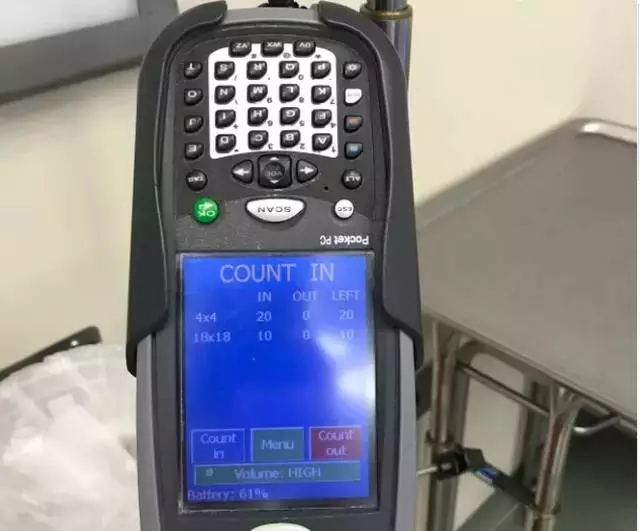
When the gauze packaging is opened, they scan it with this scanner, and the total number of gauze is saved here; after the operation, when counting the gauze, scan the QR code of each piece of gauze one by one to know whether the number of gauze is correct, which is equivalent to adding double insurance to the manual counting to ensure foolproof.
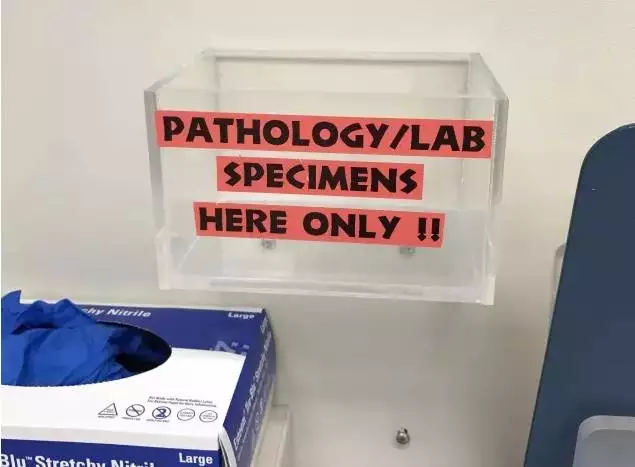
Boxes for placing pathology or laboratory specimens
Unlike us, where surgeons dissect pathology specimens, they call a pathologist when the specimen is about to be removed from the body, and the pathologist dissects the pathology specimen on site to judge the quality of the specimen. Their pathology department and blood bank are located in the operating room.
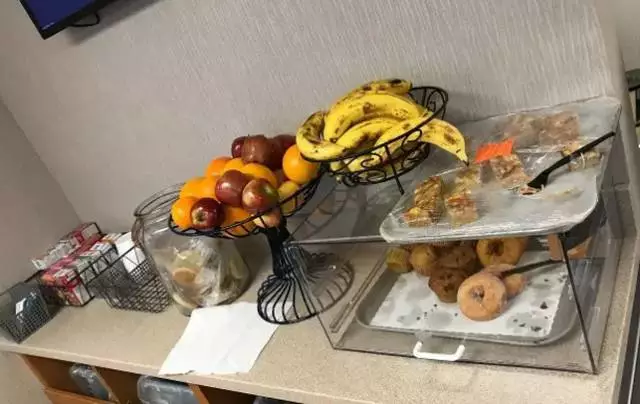
The operating room also provides free lunch, but there are few varieties and it is bland. Most employees bring their own lunch.
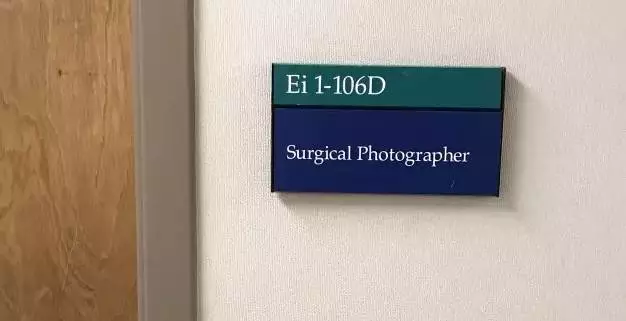
Surgical photographer (there are even dedicated photographers for intraoperative photography and videography)
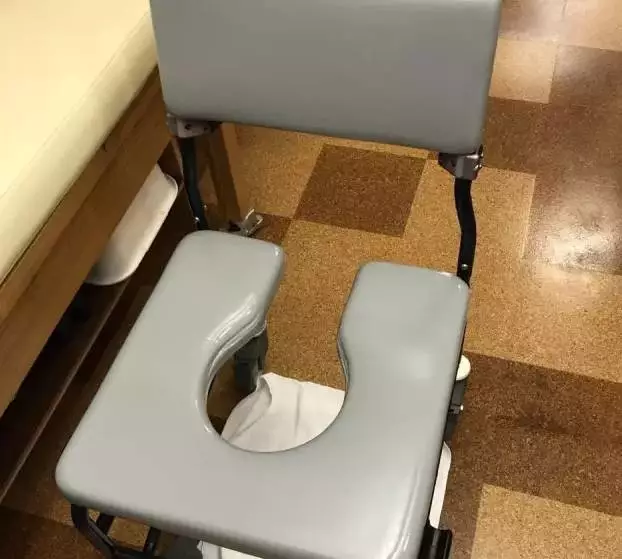
Spent half a day visiting the pelvic floor center to see the chair for biofeedback therapy.
Biofeedback is a physical therapy method for treating pelvic spastic diseases. It is performed by registered nurses (Registered Nurse) in the pelvic floor center, and each patient takes half an hour. The patient sits on a chair, the nurse kneels on the ground, holds the instrument in one hand and supports the patient with the other, and tells the patient to relax and breathe deeply. The care for the patient and the dedication to the work left a very deep impression on me.
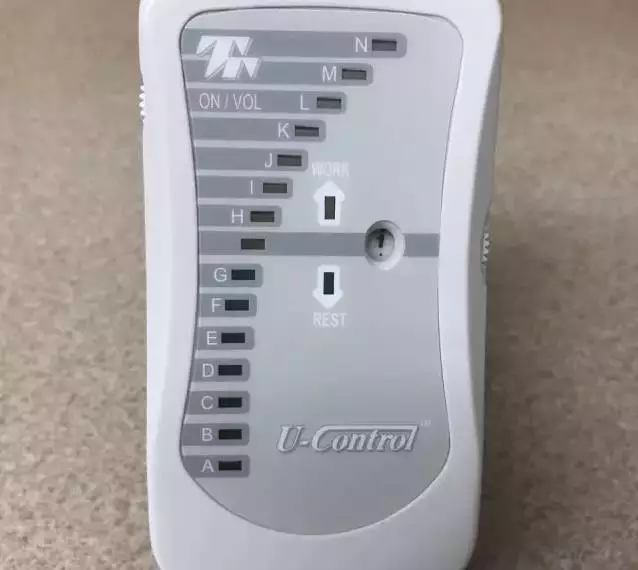
Biofeedback needs to be done continuously, and it cannot be interrupted in the middle, but doctors and nurses do not work on weekends, so they give this portable treatment device to patients and let them practice at home.
After the visit, I asked the nurse at the pelvic floor center: It is said that Mayo Clinic provides good service to patients, what is the secret? She said the secret is simple, that is, there are enough people and enough time. Every morning, we only schedule a few patients, each patient at least half an hour, and we don't count the workload, so we can take our time to provide good service to every patient!
Source: Teddy Xian's WeChat official account
Previous Page
Previous Page
Hot News
Shandong Exhibition: October 27, 2020
Release time:
2021-03-26
Shanghai Exhibition: October 19-22, 2020
Release time:
2021-03-26
Beijing Military Museum Exhibition: September 22, 2020
Release time:
2021-03-26
Poor medical device sales aren't always due to lacking sales skills.
Release time:
2018-09-26





